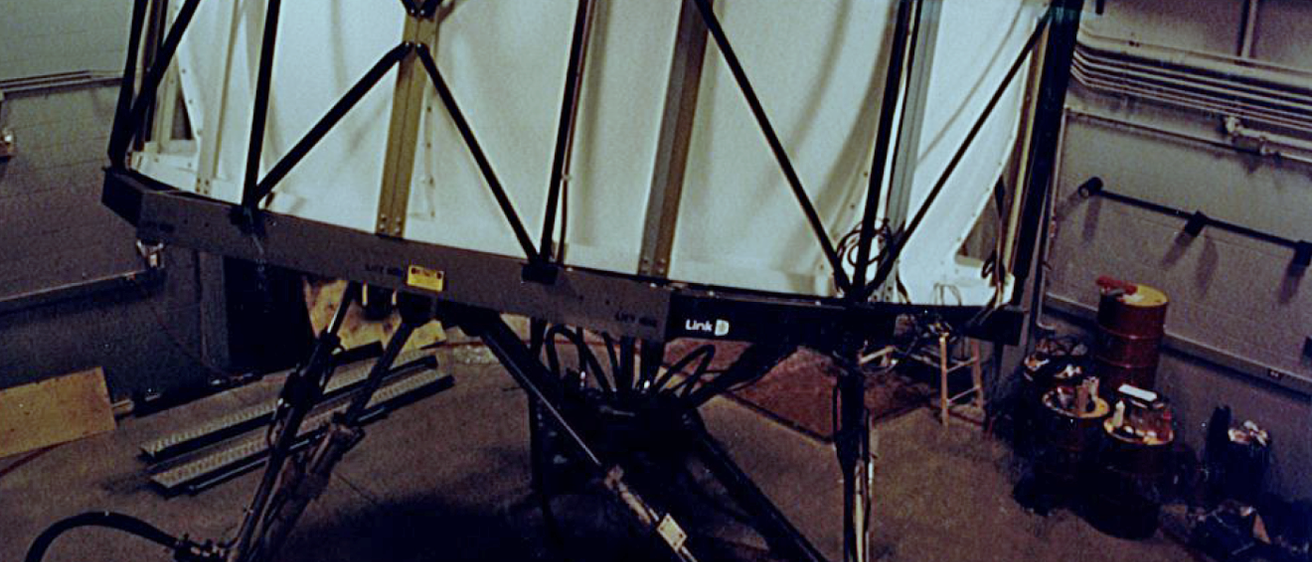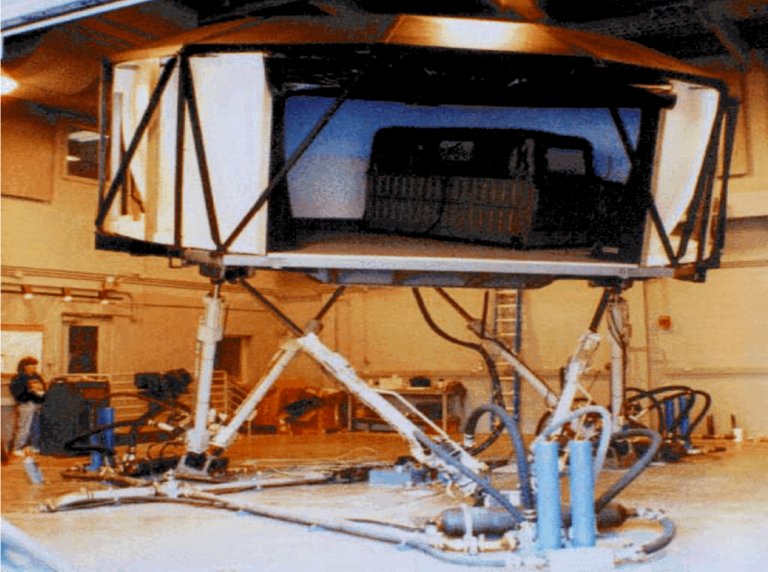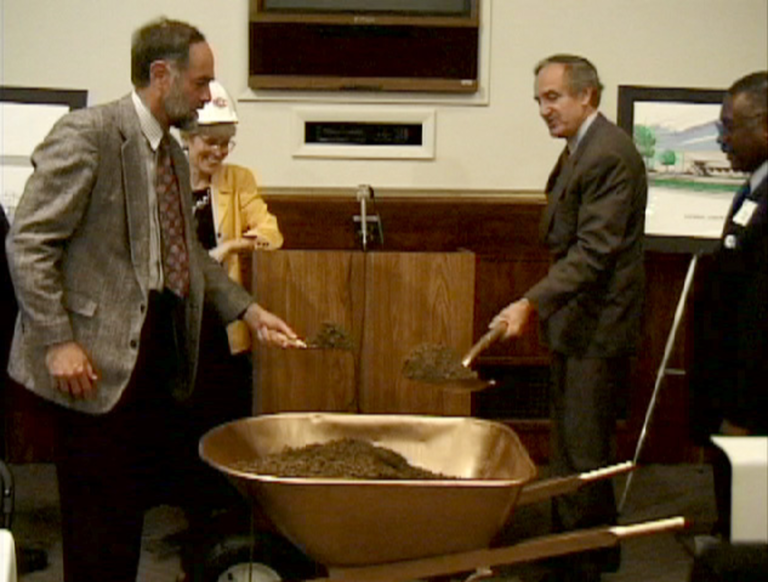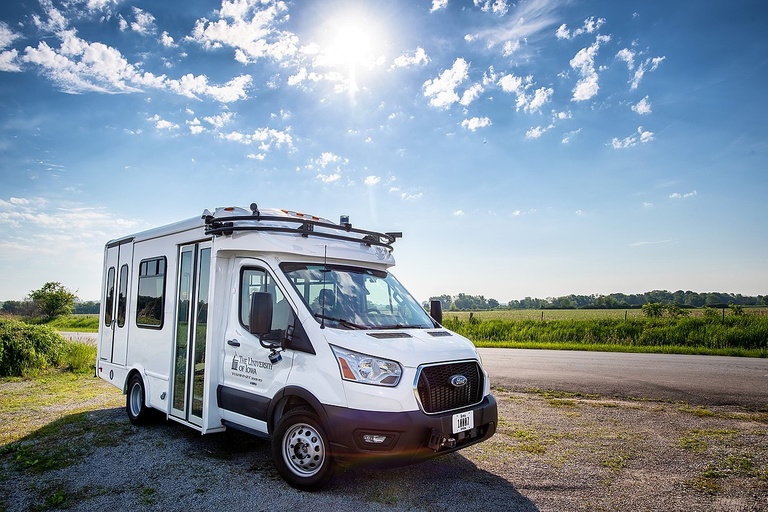Directors past and present
Ed Haug: 1997–1998
L.D. Chen: 1998–2006
Karim Abdel-Malek: 2006–2008
Herm Reininga: 2008–2016
Daniel McGehee: 2016–present
See also
For more information on the history or development of the NADS-1, see:
"The Long and Winding Road: 25 Years of the National Advanced Driving Simulator" published in IEEE Computer Graphics and Applications (Volume: 43, Issue: 4, 01 July–Aug. 2023)



